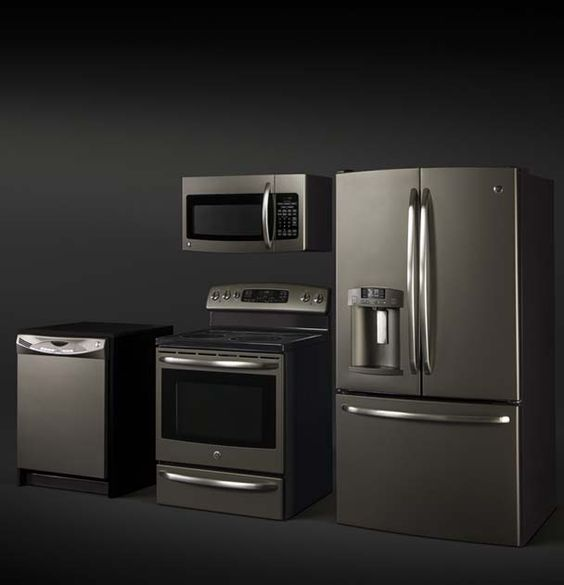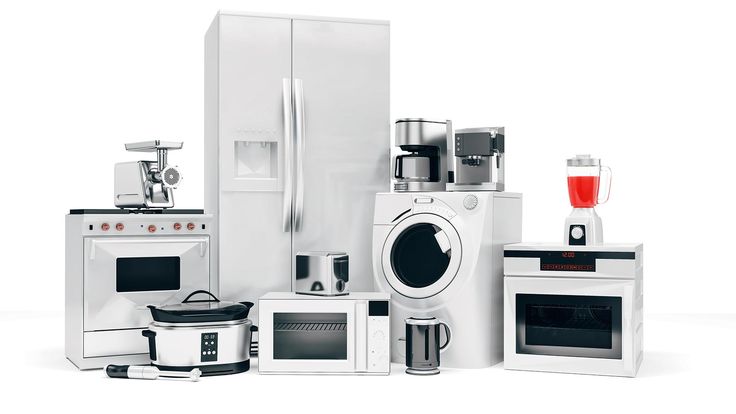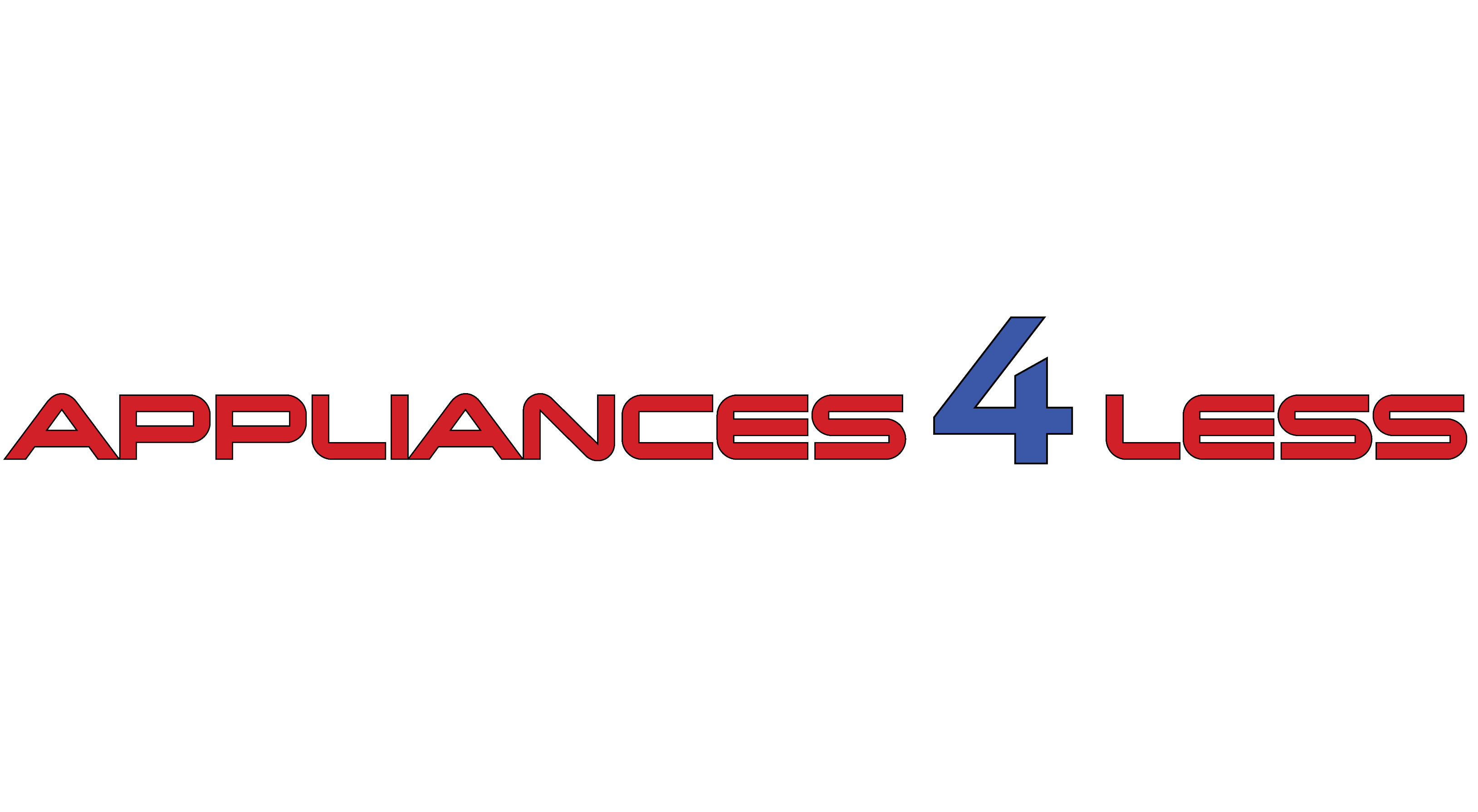The secret of Best Buy’s success in home appliance trading

Summer in Boise and its surrounding areas like Meridian, Nampa, and Caldwell can be a delightful time for relaxation and enjoyment. At Appliances 4 Less Boise, we believe your home appliances can play a significant role in simplifying your summer activities. Here’s how you can leverage these tools to enhance your summer experience, even with appliances that are open box, scratch, and dented.
Best Buy, a home appliance retail brand born and grown in the United States, is currently one of the world’s largest home furnishing companies and one of the most famous North American retail brands in the past two decades. Best Buy has always adhered to the corporate purpose of “helping customers to perfectly combine technology and life”, followed the corporate vision, and implemented the corporate mission. In the fiercely competitive home appliance market, it has stood firm and gradually become a household name in the retail brand. What did Best Buy do right?

1. Single business model and continuous cost reduction
Best Buy has created a new business model for home appliance sales: large home appliance specialty stores + chain operations. Large home appliance specialty stores are different from traditional specialty stores. Their scale can reach thousands of square meters. They are generally located far away from the central business district where store prices are relatively expensive. Goods are displayed in a warehouse-style or sample display, which can not only bring together goods from many brands and provide customers with convenience in choice, but also greatly reduce operating costs and obtain competitive price advantages. As a new business model, Best Buy has adapted to the era of low profits since the beginning. At the same time, the chain operation of large-scale home appliance specialty stores can easily achieve economies of scale, and large-scale operations can reduce unit operating costs.
Best Buy implements a cost-leading strategy based on a single business model to ensure that customers can buy home appliances at the lowest price. It strives to reduce costs in many aspects such as commodity purchases, store layout, and personnel arrangements, while reducing profit margins. Its sales profit margin and net profit margin remain at around 16% and 1% respectively, showing long-term competitiveness.
2. Service and online transactions are the magic weapon for success
Open the website of Best Buy, a home appliance trading store, and you can easily find purchase guides for various products. There are independent research centers in the home appliance, computer, digital and other sectors to provide consumers with systematic solutions and suggestions. If you buy a new house or need to redecorate your house, you can walk into the concept store of Best Buy for home appliance transactions and easily find Geeksquad’s service consulting experts to help you formulate wiring, installation and application plans for your home entertainment center. It only costs a standard consulting fee of $150, and the experts will visit the customer’s home and formulate plans on the spot. When you finally decide to purchase from Best Buy for home appliance transactions, the consulting fee will be offset and waived.
This is Best Buy’s business model and a new initiative to strengthen and expand its home service installation business. For this purpose, it has acquired the computer repair and installation company Geeksquad. These new services will create a 20% growth for Best Buy and ensure Best Buy’s consistent return on investment of more than 20%.
In addition, Best Buy learned through surveys that the three most important factors for customers to purchase home appliances are: friendly and trustworthy shopping guides, fast shopping, and after-sales service. Therefore, Best Buy’s shopping guides are different from the sales representatives sent to stores by Chinese manufacturers. They do not conduct sales activities, but only provide services and appear when customers need them. At the same time, a customer information system is established to provide sufficient product information and answer customer inquiries. This can greatly reduce the number of shopping guides and improve the standardization of services.

3. Two-way expansion of self-construction and acquisition
In the early days of home appliance transactions, Best Buy mainly built its own stores, and later adopted two development methods of self-construction and acquisition. With the rapid increase in the number of stores, Best Buy’s ranking in the top 100 retailers has continued to move forward. In 1997, there were only 284 stores, 311 in 1998, and 1,742 in 2000, from ranking among the top 100 retailers in the world. From 45th to 36th, and then to 31st in 2002, sales are proportional to store area. Increasing the single area and opening more stores are effective ways to increase sales. The single area cannot be expanded indefinitely. Because the store has its own limited business district, no matter how large the single area is, the business district area will not become larger with the expansion of the single area. The development of multiple stores will expand the business district, thereby increasing sales.
4. Close relationship with suppliers
Best Buy has always maintained a relatively harmonious “co-opetition relationship” with suppliers in the US market for home appliance transactions. Consider the interests of upstream manufacturers from aspects such as settlement methods, and claim to guarantee 15% gross profit for upstream manufacturers.

